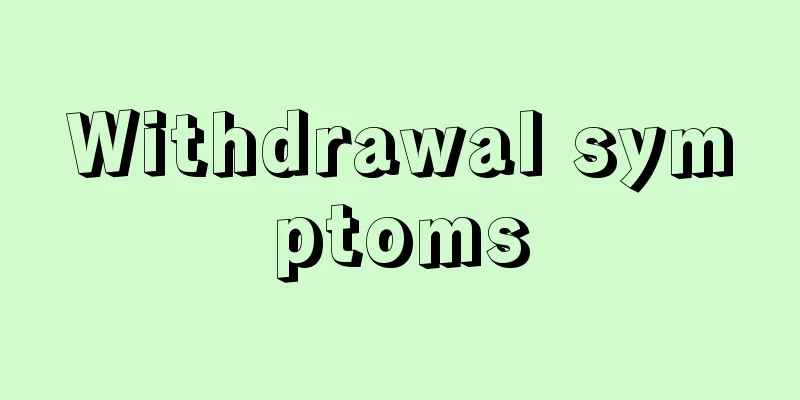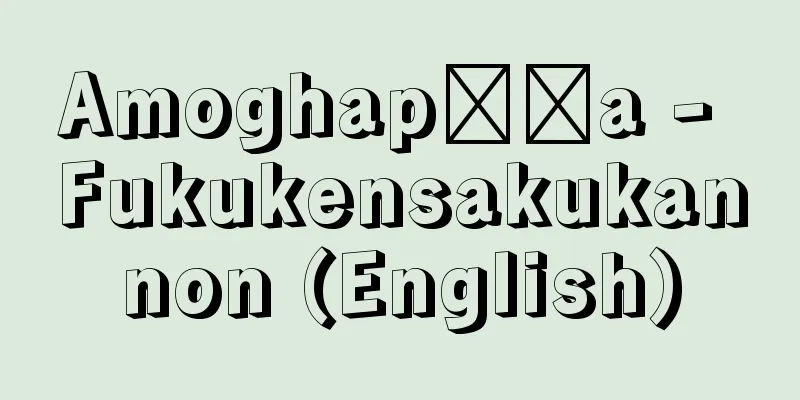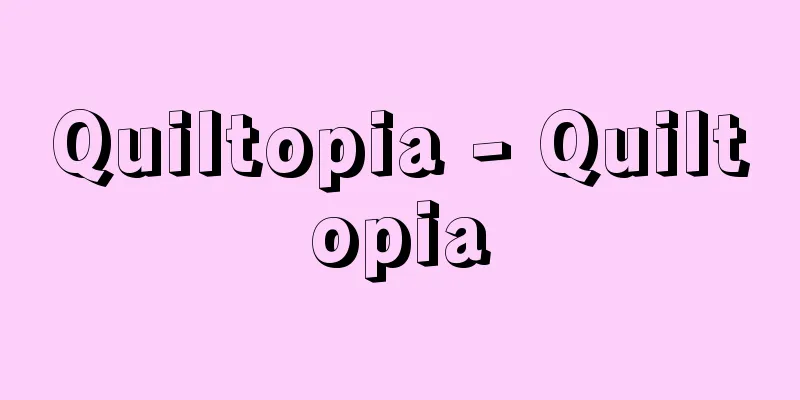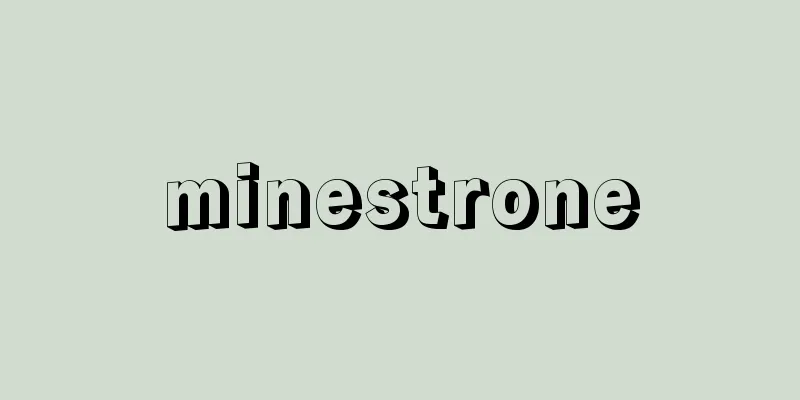Withdrawal symptoms

|
When a person repeatedly uses drugs such as narcotics, they develop a tolerance and increase their use, leading to a situation where they are unable to stop (dependent state), but if they suddenly stop taking the drug, they experience withdrawal symptoms. These symptoms are said to occur when the drug in the body suddenly disappears, and are also called withdrawal symptoms or withdrawal symptoms. When the drug is given again, the symptoms are alleviated or disappear. Withdrawal symptoms are more pronounced with narcotics such as morphine, and are also called an autonomic nervous system storm. Symptoms include dilated pupils, yawning, lacrimation, salivation, sweating, diarrhea, nausea, vomiting, chills, fever, palpitations, insomnia, muscle spasms, and dehydration, and the patient is in distress and asks for medicine. As a rule, drug addicts are prevented from obtaining narcotics, and are immediately admitted to a designated hospital for withdrawal therapy in order to receive appropriate treatment for withdrawal symptoms. Today, drug dependence is classified according to the substance as follows: (1) Withdrawal symptoms are prominent in morphine-type addiction (heroin, morphine, opioids, etc.). (2) In cases of barbiturate dependence (barbiturate and non-barbiturate sleeping pills, anti-anxiety drugs, etc.) and alcohol dependence, withdrawal symptoms include insomnia, anxiety, finger tremors, delirium, and convulsions. Withdrawal symptoms are less noticeable in other types of dependence, such as (3) cocaine-type dependence, (4) cannabis-type dependence, (5) amphetamine-type dependence, (6) hallucinogen-type dependence, (7) inhalant-type dependence, (8) khat-type dependence (khat is a shrub that grows in East Africa, and chewing its leaves has the stimulating effect of hallucinogens), and (9) nicotine-type dependence. Withdrawal symptoms are more pronounced for drugs that are more physically addictive than psychologically addictive (the aforementioned (1) and (2)). [Hideo Yasuzaki] [References] | | | |Source: Shogakukan Encyclopedia Nipponica About Encyclopedia Nipponica Information | Legend |
|
麻薬のような薬物を反復使用していると、耐性ができて使用量が増え、やめることができない状況(依存状態)になるが、その際に急に薬物摂取をやめると現れるのが禁断症状である。体内にある薬物が急に消失するために現れる症状といわれ、離脱症状、退薬症状ともいい、その薬物を与えると症状は軽減したり消失する。禁断症状はモルヒネなどの麻薬で強く現れ、その症状は自律神経の嵐(あらし)ともいわれる。すなわち、散瞳(さんどう)、あくび、流涙、流涎(りゅうえん)(よだれ)、発汗、下痢、吐き気、嘔吐(おうと)、悪寒、発熱、心悸亢進(しんきこうしん)、不眠、筋けいれん、脱水症状などがみられ、苦しがって患者は薬を求める。麻薬中毒者は原則として麻薬の入手を絶ち、禁断症状に対する適切な処置を行うため、定められた病院に即時入院させて禁断療法を行う。 今日では薬物の依存状態を物質によって次のように分類している。 (1)モルヒネ型依存(ヘロイン、モルヒネ、オピアルなど)では禁断症状が顕著である。 (2)バルビツール型依存(バルビツール系や非バルビツール系の睡眠薬、抗不安薬など)およびアルコール型依存では、禁断症状として不眠、不安、手指振戦(手指のふるえ)、せん妄、けいれん発作などがみられる。 その他の(3)コカイン型依存、(4)カンナビス(大麻)型依存、(5)アンフェタミン型依存、(6)幻覚(剤)型依存、(7)吸入剤型依存、(8)カート型依存(カートは東アフリカ一帯に生える灌木(かんぼく)で、その葉をかむと幻覚剤を用いたかのように興奮する作用がある)、(9)ニコチン型依存などでは、禁断症状はあまり目だたない。禁断症状は、精神的依存よりも身体的依存の強い薬物(前述の(1)と(2))に強く現れる。 [保崎秀夫] [参照項目] | | | |出典 小学館 日本大百科全書(ニッポニカ)日本大百科全書(ニッポニカ)について 情報 | 凡例 |
<<: Geumt'anni‐yujŏk (English spelling)
>>: Silver cod (Anoplopoma fimbria)
Recommend
Stojanov, DI (English spelling)
…Bulgarian short story writer. His real name was ...
OECD - OECD
Organization for Economic Cooperation and Developm...
Karsten, KJB - Karsten
…The behavior of the elements in iron, such as ca...
Matsuki family
(1) The Matsuki clan is a court noble family. It i...
Lǚ Huì qīng - LuHuiqing
…Chinese Northern Song politician. His pen name w...
Release paper
Paper coated on one or both sides with a release a...
Magpie‐lark (Earth-nesting bird)
A species of bird in the family Grallina, a passer...
Rhyme - King
Rhetorical device in which the same or similar so...
Gold outside - gold
...In a broad sense, loan trusts, pension trusts,...
San Juan de los Baños (English spelling)
… [Architecture] Between the 3rd and 5th centurie...
Sabellianism
…a man who, along with Arius, advocated heresy (S...
Princess Iwanaga
Said to be the daughter of Oyamatsumi-no-Kami, she...
Head office/branch office
Among the business offices that are the central lo...
Molecular weight
The mass of one carbon-12 atom is exactly 12, and...
Legendary New Record - Electricity Symbol
A collection of Vietnamese novels written in Chine...


![Kanayama [town] - Kanayama](/upload/images/67cb3ab16a1a1.webp)






